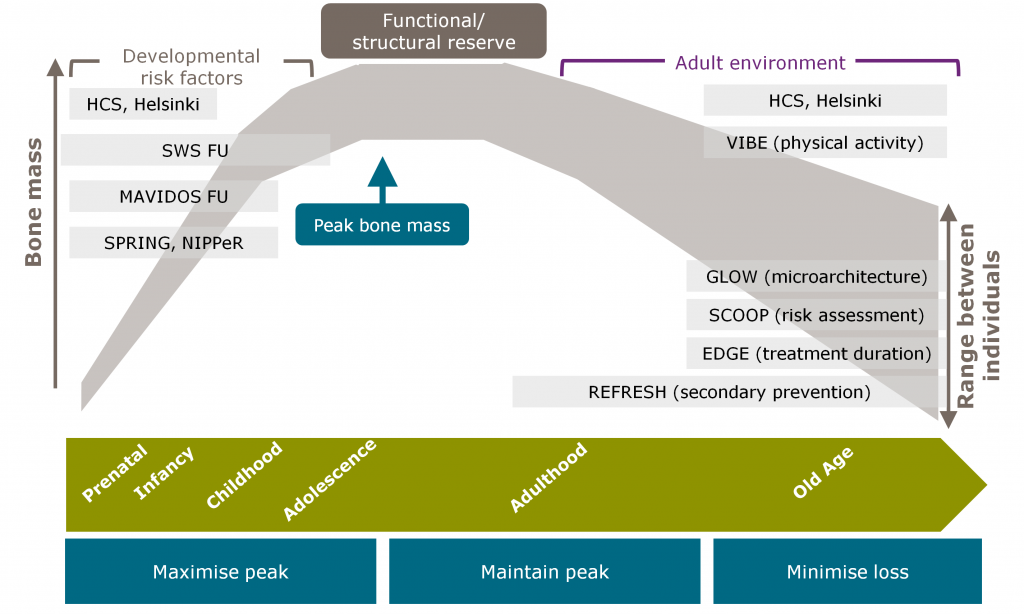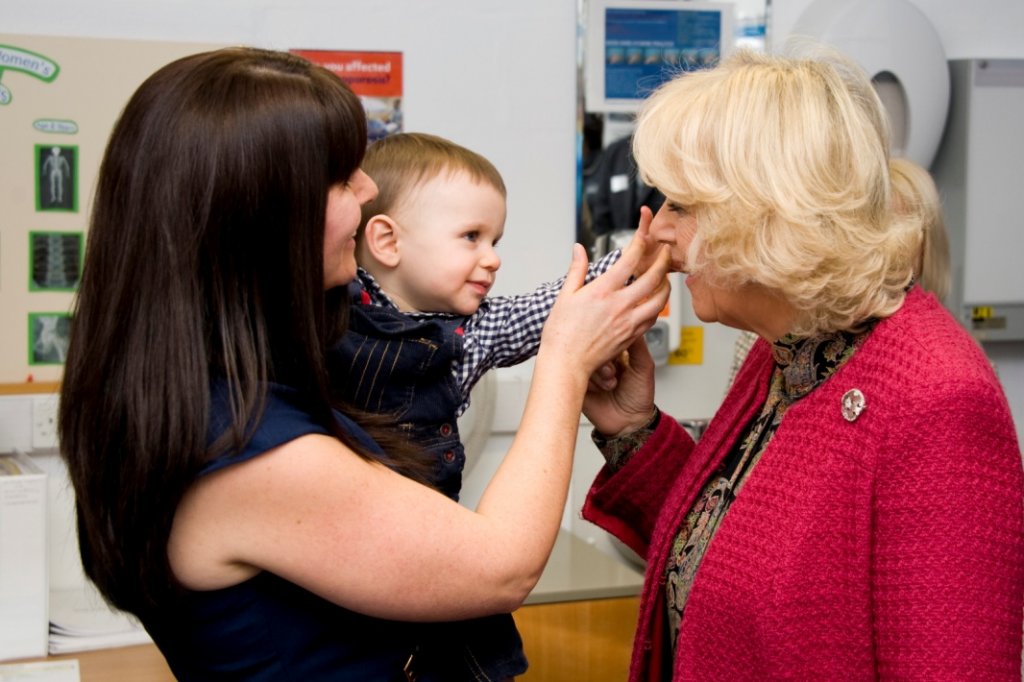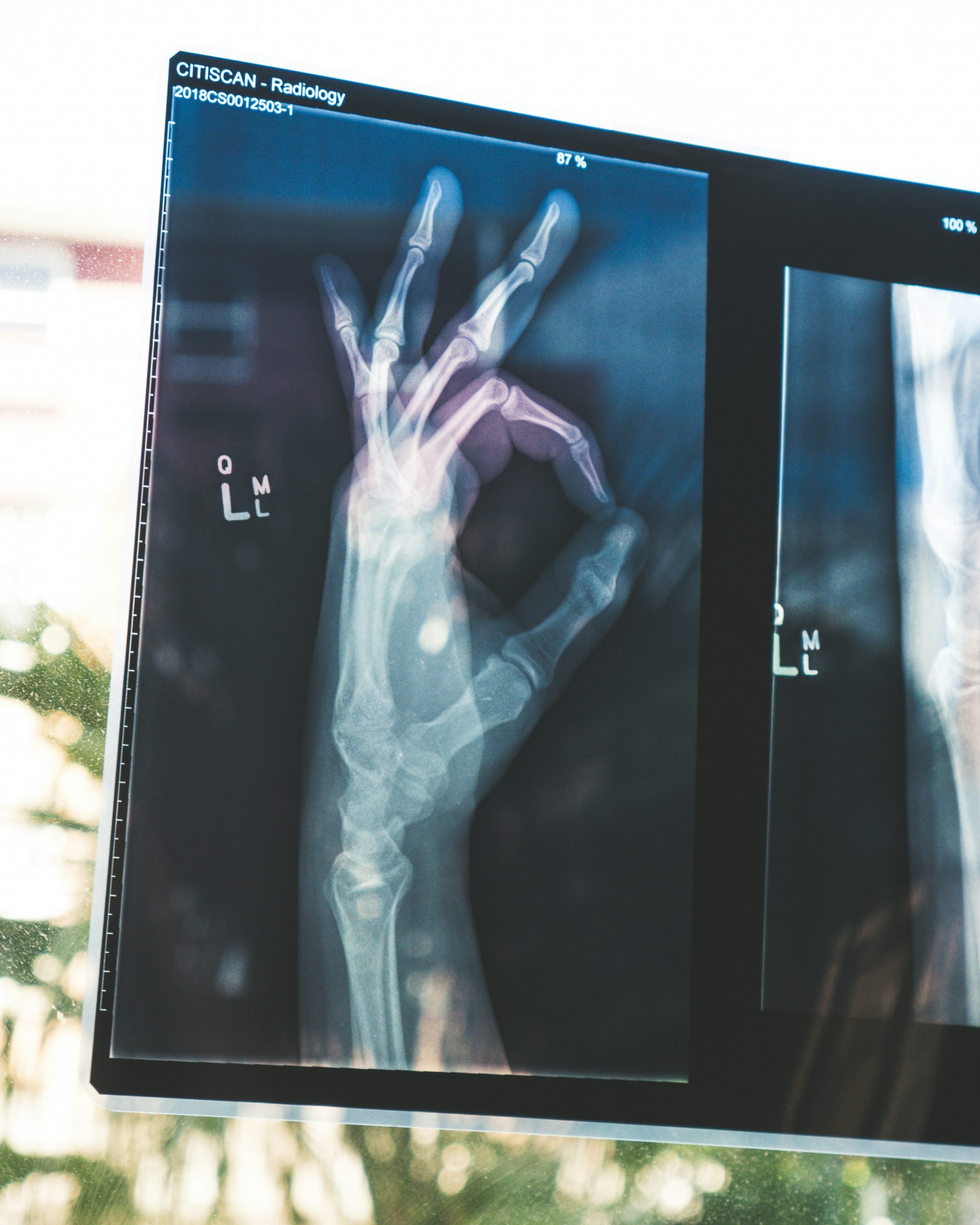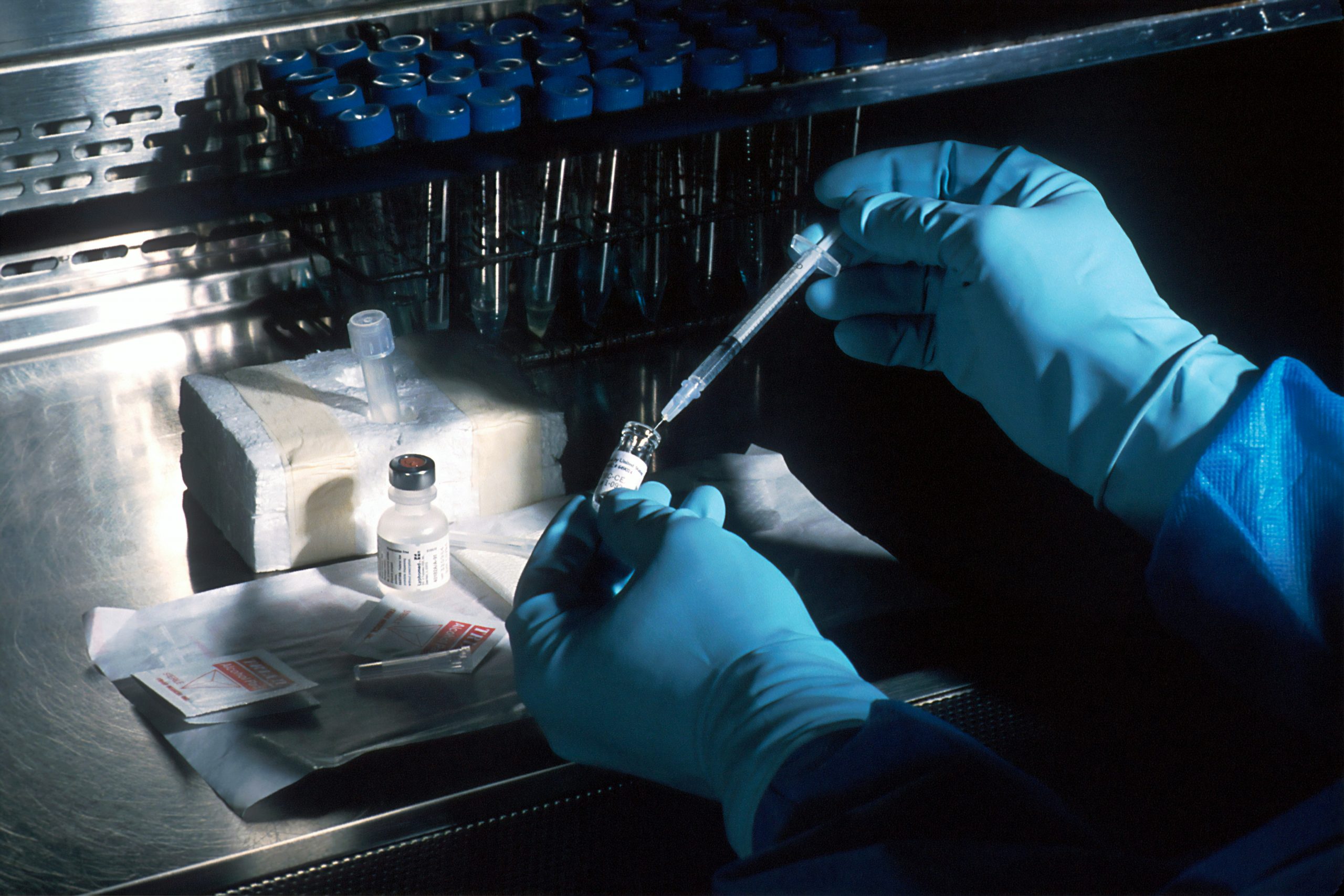Programme 1
Musculoskeletal disorders constitute a major public health problem; the Global Burden of Disease study estimates the category to impose the second highest impact on years of life lost to disability, an impact set to rise by over 40% by 2050. Osteoporosis and osteoarthritis (the most common metabolic bone and joint disorders respectively) account for 6.8% of total disability, and the costs associated with these conditions account for 3% of gross national product each year. It has been estimated that the remaining lifetime risk of osteoporotic fracture at the hip, wrist or spine is 39% among women and 13% among men at age 50 years. The annual cost to the NHS of managing osteoporotic fractures is £4.2 billion, with over half of this figure attributable to hip fracture. Sarcopenia, the commonest muscle disorder worldwide, is the loss of muscle mass and strength with age and is estimated to cost £2.2 billion in the UK each year.

Our group has studied the epidemiology of osteoporosis since 1985. In recent years, we have progressed our investigation of early life influences on bone development through: a) further examination of the relationships between growth in early life, adult lifestyle and bone geometry, density, strength and adult fracture risk; b) detailed analyses of specific parental influences on offspring skeletal growth using mother-offspring cohorts such as the Southampton Women’s Survey to document patterns of growth from early fetal life through childhood in relation to later bone mass and body composition; c) elucidation of underpinning genetic and epigenetic mechanisms; and d) translating epidemiological observation into potential public health strategy through the creation of a programme of randomised controlled trials.
Our work has been a parallel series of studies into the descriptive epidemiology, natural history, developmental determinants and outcomes of sarcopenia and osteoarthritis. In this programme, we shall focus on the aetiology and prevention of osteoporosis, sarcopenia and osteoarthritis during later life.

Programme 1 aims to:
- Understand the changing descriptive epidemiology of musculoskeletal diseases; osteoporosis (low trauma fractures), sarcopenia (low muscle mass and strength) and osteoarthritis (joint disease) in adult populations.
- Investigate the underlying determinants of bone and muscle health across later adulthood.
- Identify and test novel strategies to optimize muscle and bone health in older age
Musculoskeletal Ageing
Musculoskeletal Epidemiology
Sarcopenia Epidemiology
Descriptive epidemiology of osteoarthritis and arthroplasty
Fracture Prevention

Key Discoveries

Ongoing Research
